
While the body comes equipped with teeth for chewing food, you can survive on a diet without any solid foods. A study in the Journal of the American Geriatrics Society found that giving long-term care patients a regular or pureed diet did not affect nutrient intake. Not chewing your food does lower the amount of saliva, which contains the digestive enzyme amylase, on it. But because the food is already broken down, the rest of your digestive system and other enzymes have less work. Before you embark on your no solid food diet, consult with a health-care professional.
Use a juicer. A juicer is a device that removes fiber from your fruits and vegetables and produces a colored liquid you can rapidly drink to receive all of the benefits of vitamins, minerals and phytonutrients. A 2010 study published in Nutrition Journal found that 1 to 2 cups of fiber removed veggie juice a day is an efficient way to fulfill your daily vegetable requirements. Make sure that the juicer can handle vegetables, because some only process fruits. The American Cancer Society warns that juicing sometimes leads to diarrhea.
Use a blender. Blending will not remove fiber from your food but will grind everything into a concoction which varies from a thick mush to runny liquid.
Eat plenty of blended and juiced fruits and vegetables. Choose a variety of fruits and vegetables with an array of colors.
Blend your fruits. Because fruits often contain sugar, blend them instead of juicing them so you don't get an insulin spike from the rapid absorption because of the loss of natural fiber. Add water to the mixture for it to blend properly. Unlike juicing, blending will fill your stomach for several hours.
Juice your vegetables. Drinking juiced vegetables doesn't normally have an insulin spike because of their minimal sugar content. Juicing has no preservatives, so refrigerate it or drink it as soon as possible for the best benefits. Juice passes through the body quickly, so you can drink it often.
Supplement with optional vitamins, minerals and oils. According to a 2009 study published in the American Journal of Clinical Nutrition, vegan diets can be low in vitamin B12 and D, calcium, omega 3 fatty acids and zinc. Cow's milk is a popular drink to get your vitamin D and calcium, while fortified soy milk often contains vitamin B12. Omega-3 fatty acids and zinc are available in pill form.
Related Articles

The Disadvantages of Juicing
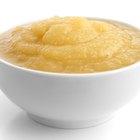
Benefiber as an Appetite Suppressant
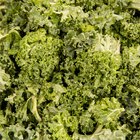
How to Make Juices From Leafy ...
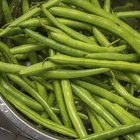
Nutritional Value of Sugar Snap Peas & ...
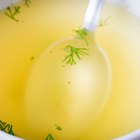
Bland Liquid Diet

Can You Eat While Doing the Master ...
Does Slow Cooking Take Nutrients Out of ...

Is Wheat Grass an Alkalizing Food?
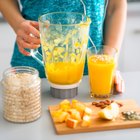
How to Juice for Colon Health
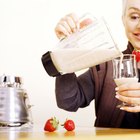
How to Store Smoothies in the Fridge
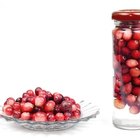
How to Make Cranberry Juice from Fresh ...

Juicing to Tighten Flabby Skin

Carrot Juice Diet
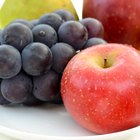
Raw Food Diet and Parasites

Does Benefiber Lower Cholesterol?
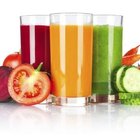
Nutrition Drinks for Diabetics
How to Juice Beet Stalks

Are the Nutrients Lost in Slow Cooking?

Does Prune Juice Work As a Colon ...

How to Take Vitamins With Coffee
References
Writer Bio
Maxwell Gladstone started writing professionally on the Web in 2005. He is a contributing writer on eHow and LIVESTRONG.COM, specializing in business, computers, recreation, health and fitness topics. Gladstone holds a Bachelor of Arts in business focusing on information systems from California State University in Fullerton.
Photo Credits
carrote juice image by Maria Brzostowska from Fotolia.com